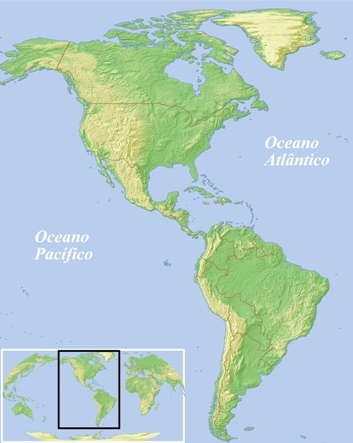Chemical pollution occurs through the presence of chemicals that are harmful, the results from this contamination may appear immediately or later, it depends on the type of pollutant.
Chemical pollution is caused by two types of pollutants that are classified as biodegradable, such as detergents, insecticides, fertilizers among others, and the persistent ones, such as DDT (dichloro-diphenyl-trichloroethane), mercury and others that cause serious problems from the Contamination.
In agricultural production, chemical contamination is more evident due to the use of agricultural inputs such as fertilizers, insecticides and herbicides. The use of chemical substances in agricultural production spread from the 1960s onwards, with the objective of achieving better quality production and thus obtaining good acceptance in the market.
Contamination occurs in the soil and water, when fertilizers and pesticides are carried through rainwater, a part penetrates the soil, which reaches the water table and contaminates the aquifer; the other part is taken by the runoff to the springs, such as streams, rivers and lakes that are found in the lower parts of the relief. With the contamination, wild and domestic animals ingest seeds and fruits of crops, in addition to consuming contaminated water in the river course. Another aggravating factor is human contamination, man uses water that was subject to pollution caused by agricultural production.
Another problem that happens in the soil from chemical pollution is related to the breaking of the microfauna chain (worms, ants, beetle, fungi, bacteria) present in the lithosol, which favors soil fertility through the interactivity between the organisms. Contaminated soil destroys these living beings, loses its fertility, becoming sterile, requiring an ever-increasing application of agricultural inputs.
At first, the use of pesticides and fertilizers was restricted only to developed countries, only in the 60s did it reach the underdeveloped nations and promoted a true revolution in agricultural production, but remembering that the consequences of this practice.
Do not stop now... There's more after the advertising ;)
By Eduardo de Freitas
Graduated in Geography
Would you like to reference this text in a school or academic work? Look:
FREITAS, Eduardo de. "Chemical pollution in the field"; Brazil School. Available in: https://brasilescola.uol.com.br/geografia/poluicao-quimica-no-campo.htm. Accessed on June 28, 2021.


